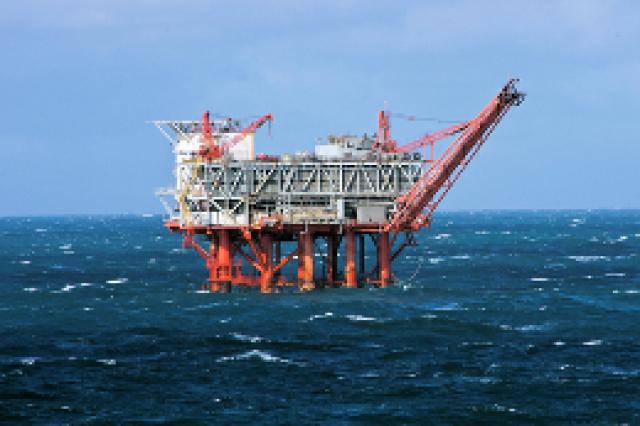
Falling reservoir decline rates and the post-Macondo drilling moratorium have been a double whammy on activity in the Gulf of Mexico (GoM), according to a Bernstein Research report. Ultimately, Gulf output fell about 500,000 barrels of oil per day between 2010 and year-end 2012, the report stated.
The GoM from 2008 to 2013 on average has been contributing 1.4 MMb/d to the US oil supply — representing 1.5% of world oil supply and 18% of US liquids.
“Restoring production,” according to the report, “is the major challenge in this high-margin basin. High-decline basins may still disappoint, while the best resources and strong track records are undervalued.”
A month after the Macondo accident, in 2010, the Obama administration issued a six-month deepwater oil and gas drilling moratorium on new projects seeking permits to drill for oil. The notice directed lessees and operators to cease the drilling and spudding of new deepwater wells.
After the ban, the Department of the Interior implemented stronger offshore drilling regulations, including how operators will handle the potential for a blowout and worst-case discharge. Permit applications are now needed to meet new standards for well design, casing, and cementing, including certification by a professional engineer.
With sequestration, which went into effect on March 1, things could get worse before they get better. Budget cuts could delay the department’s ability to issue permits for new developments, plan for new projects, conduct environmental reviews and lease new federal lands for future development for conventional (and unconventional) projects, including more than 500 exploration plans and development documents that are anticipated for review this year.
However, one additional issue still needs to be overcome — decline rates.
About Decline Rates
The Bernstein Report studied decline rates from 3,120 oil fields across the world, including the US, and found that production from GoM wells have the steepest yearly decline rate (23%) as compared to Norway at 9%, Brazil at 9%, and North Sea wells at 12%. The report stated that “Gulf of Mexico wells are initially more productive than North Sea wells.”
GoM decline rates were made worse by the erratic and rapidly declining production of stripper wells, which make up 60% of the area’s wells. If the stripper wells are removed from the calculations, decline rates in the basin are lower by about 15% on average.
Geologically speaking, the GoM’s fields are more recently developed deeper-water fan plays, which have inherently low initial reservoir pressure (relative to water depth). In addition, Gulf wells have comparatively lower permeability relative to reservoir porosity. In addition, hurricanes also have added to the “meridian decline rate by about 3% per year.”
According to the report, “Across all the basins we studied, drilling new wells is the most effective way to stabilize declines.”
Bernstein analysts noted that they don’t expect production in the Gulf to recover to more than 1.5 MMb/d “until 2015-2016, when the pipeline of new projects entering production accelerates, with Jack/St. Malo, Gunflint/Freedom, Mad Dog tiebacks, Tubular Bells & Mars B all set to ramp up. The pace of activity today is rapid with 36 rigs operating in the deepwater: a new peak.”
This battle against declining rates is the key to the future of the GoM, they say, “as the majors aim to sustain — even grow — their output of these high-margin barrels.”
Contact the author, Larry Prado, at lprado@hartenergy.com.
Recommended Reading
E&P Highlights: Aug. 19, 2024
2024-08-19 - Here’s a roundup of the latest E&P headlines including new seismic solutions being deployed and space exploration intersecting with oil and gas.
Goodbye Manual Control: Vital Energy’s Automation Program Boosts Production
2024-07-12 - Production, ESP efficiency soared when the company automated decisions with AI at the edge.
E&P Highlights: Sep. 2, 2024
2024-09-03 - Here's a roundup of the latest E&P headlines, with Valeura increasing production at their Nong Yao C development and Oceaneering securing several contracts in the U.K. North Sea.
Breakthroughs in the Energy Industry’s Contact Sport, Geophysics
2024-09-05 - At the 2024 IMAGE Conference, Shell’s Bill Langin showcased how industry advances in seismic technology has unlocked key areas in the Gulf of Mexico.
E&P Highlights: Sept. 16, 2024
2024-09-16 - Here’s a roundup of the latest E&P headlines, with an update on Hurricane Francine and a major contract between Saipem and QatarEnergy.
Comments
Add new comment
This conversation is moderated according to Hart Energy community rules. Please read the rules before joining the discussion. If you’re experiencing any technical problems, please contact our customer care team.





